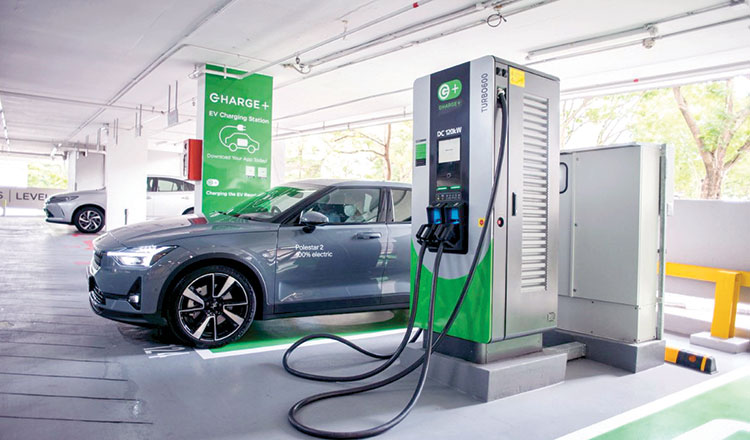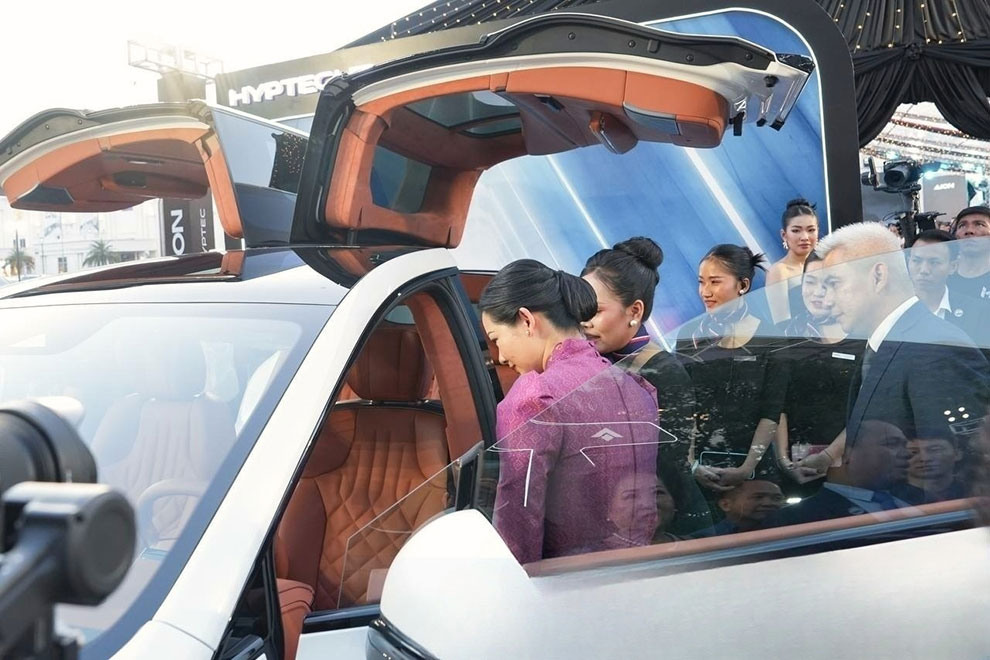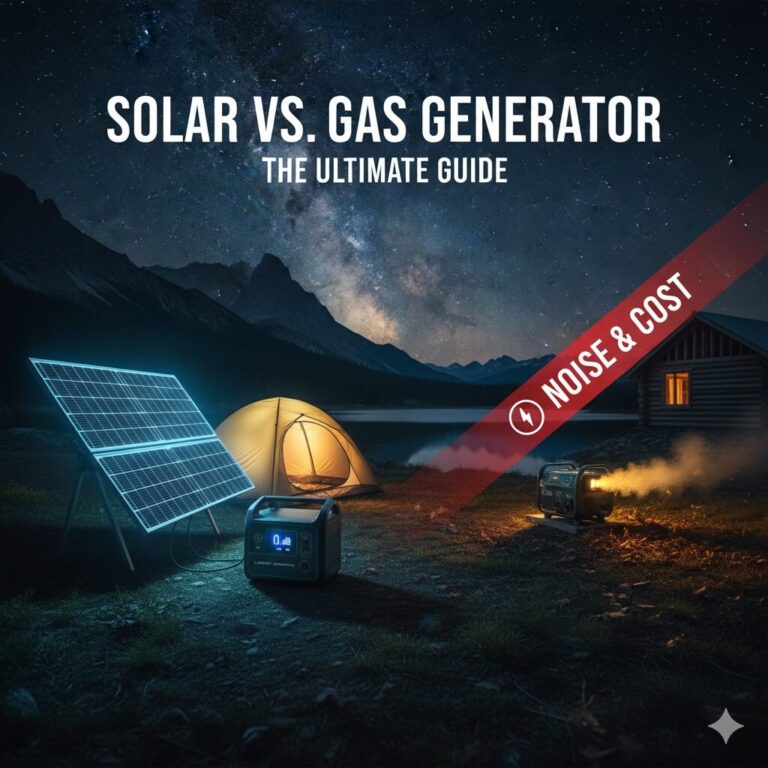How Electric Vehicles and Renewable Energy Can Work Together for a Greener Cambodia

As climate concerns grow worldwide, Cambodia finds itself at a critical turning point. The shift toward a more sustainable future is no longer optional—it’s essential. Fortunately, two powerful technologies—electric vehicles (EVs) and renewable energy—are emerging as a dynamic duo that could help drive the kingdom toward a greener, cleaner, and more energy-independent future.
This article explores how EVs and renewable energy can complement each other in Cambodia, the opportunities and challenges involved, and what needs to happen to make this green dream a reality.
- The Current Landscape of Electric Vehicles in Cambodia
- Cambodia’s Renewable Energy Development
- The Synergy Between EVs and Renewable Energy
- Infrastructure and Investment Requirements
- Challenges in Implementation
- Policy Initiatives and Government Support
- Future Outlook: A Greener Cambodia
- Conclusion: Driving Change Together
The Current Landscape of Electric Vehicles in Cambodia
Cambodia is gradually embracing the EV revolution. According to the Ministry of Public Works and Transport, the government aims to have 40% of all vehicles and 70% of all motorcycles be electric by 2050. The EV Roadmap 2024–2030, currently in development, outlines strategic steps to promote clean transportation.
Several incentives already make EVs more appealing:
- Reduced import duties and VAT on electric vehicles
- Free vehicle registration for EVs
- Access to dedicated EV registration plates
Popular models such as the Hyundai IONIQ 5, BYD Dolphin, and Wuling Hongguang Mini EV are gaining traction in urban areas like Phnom Penh and Siem Reap.
Cambodia’s Renewable Energy Development
To support EV growth sustainably, Cambodia must also transform how it generates and distributes electricity. Encouragingly, the country has made strides in increasing the share of renewable energy, particularly solar and hydropower.
Key highlights:
- Solar power contributes about 12% of total electricity generation (as of 2023).
- The government aims to increase renewable energy to 70% of total capacity by 2030.
- Cambodia imports electricity from Vietnam, Thailand, and Laos, highlighting the need for more local generation.
Major investments from international partners, such as the Asian Development Bank (ADB) and United Nations Development Programme (UNDP), support renewable energy infrastructure projects, especially in rural regions.
The Synergy Between EVs and Renewable Energy
Electric vehicles are only as green as the energy that powers them. That’s why the integration of EVs with clean energy sources is vital.
How EVs and renewables work together:
- Reduced emissions: Charging EVs with solar or wind energy significantly lowers CO₂ emissions.
- Energy storage support: EV batteries can act as temporary storage for excess solar energy during the day.
- Grid flexibility: Smart EV charging can help balance electricity supply and demand.
Imagine a Phnom Penh EV taxi fleet powered by rooftop solar stations—zero emissions, low fuel cost, and high public health benefits.
Infrastructure and Investment Requirements
To make this synergy successful, Cambodia must develop the right infrastructure.
Current gaps:
- Limited public EV charging stations—only a few are available in Phnom Penh and along select highways.
- No widespread solar-powered charging hubs
- Low energy storage capacity for renewables
Investment priorities:
- National network of EV charging stations, including solar-powered options
- Expansion of smart grids and battery storage
- Public-private partnerships (PPP) to fund large-scale infrastructure
For example, the Singapore-based company Charge+ plans to install over 4,000 EV chargers across Southeast Asia—a model Cambodia could adopt or join.
Challenges in Implementation
While the vision is promising, several challenges must be addressed:
- High upfront costs
- EVs and solar systems are still expensive for average Cambodians.
- Financing options like leasing or government-backed loans could help.
- Lack of awareness and education
- Many people are unfamiliar with EVs or believe they’re impractical.
- Awareness campaigns are needed to build trust and knowledge.
- Grid and technical limitations
- Cambodia’s energy grid isn’t yet optimized for two-way electricity flows or smart charging systems.
- Policy enforcement gaps
- Although policies exist, stronger enforcement and coordination are needed to ensure smooth execution.
Policy Initiatives and Government Support

Government support plays a crucial role in accelerating this green transition.
Key policy efforts:
- EV Roadmap 2024–2030: A national strategy is in the works to guide infrastructure development, investment, and public adoption.
- Incentives for green energy: tax breaks and import duty exemptions for solar panels, batteries, and EVs.
- International collaboration: Partnerships with agencies like UNDP, ADB, and GIZ for technical and financial support.
Case Study: UNDP’s support of solar mini-grids in rural Cambodia has helped bring sustainable energy to over 10,000 homes, proving that renewable energy can work even in remote areas.
Future Outlook: A Greener Cambodia
The future is bright—if Cambodia takes bold steps today.
What’s possible by 2030:
- Thousands of EVs powered by solar-charging stations across the country
- Energy independence through local renewable sources
- Improved air quality and reduced greenhouse gas emissions
- Job creation in green energy, infrastructure, and EV servicing
In addition, rural communities could greatly benefit from decentralized solar-powered transportation, allowing better access to education, healthcare, and markets.
Conclusion: Driving Change Together
By integrating electric vehicles and renewable energy, Cambodia has the opportunity to leapfrog into a clean energy future. The synergy between these two sectors offers environmental, economic, and social benefits that can reshape the country for generations to come.
But this transformation will require
- Strong government leadership
- Bold investment from the private sector
- Awareness and commitment from the public
✅ Take Action: Be Part of Cambodia’s Green Future
- Are you a policymaker? Push for stronger EV and clean energy policies.
- Are you a business owner? Invest in green infrastructure and fleet upgrades.
- Are you a consumer? Consider switching to an EV or using solar at home.
- Are you an advocate? Spread the word about the benefits of clean mobility.
Together, we can create a greener Cambodia—one electric mile at a time.



